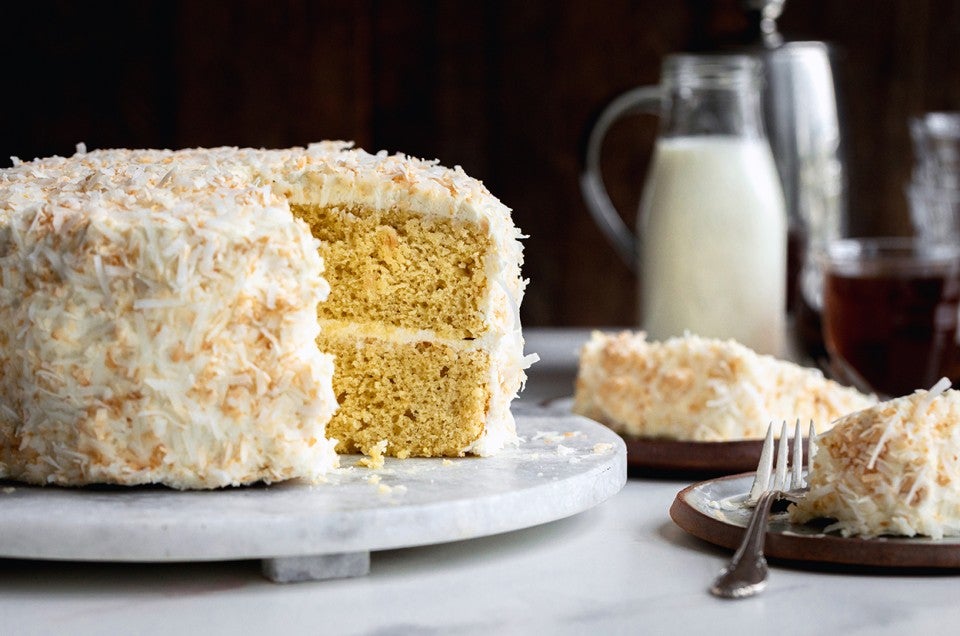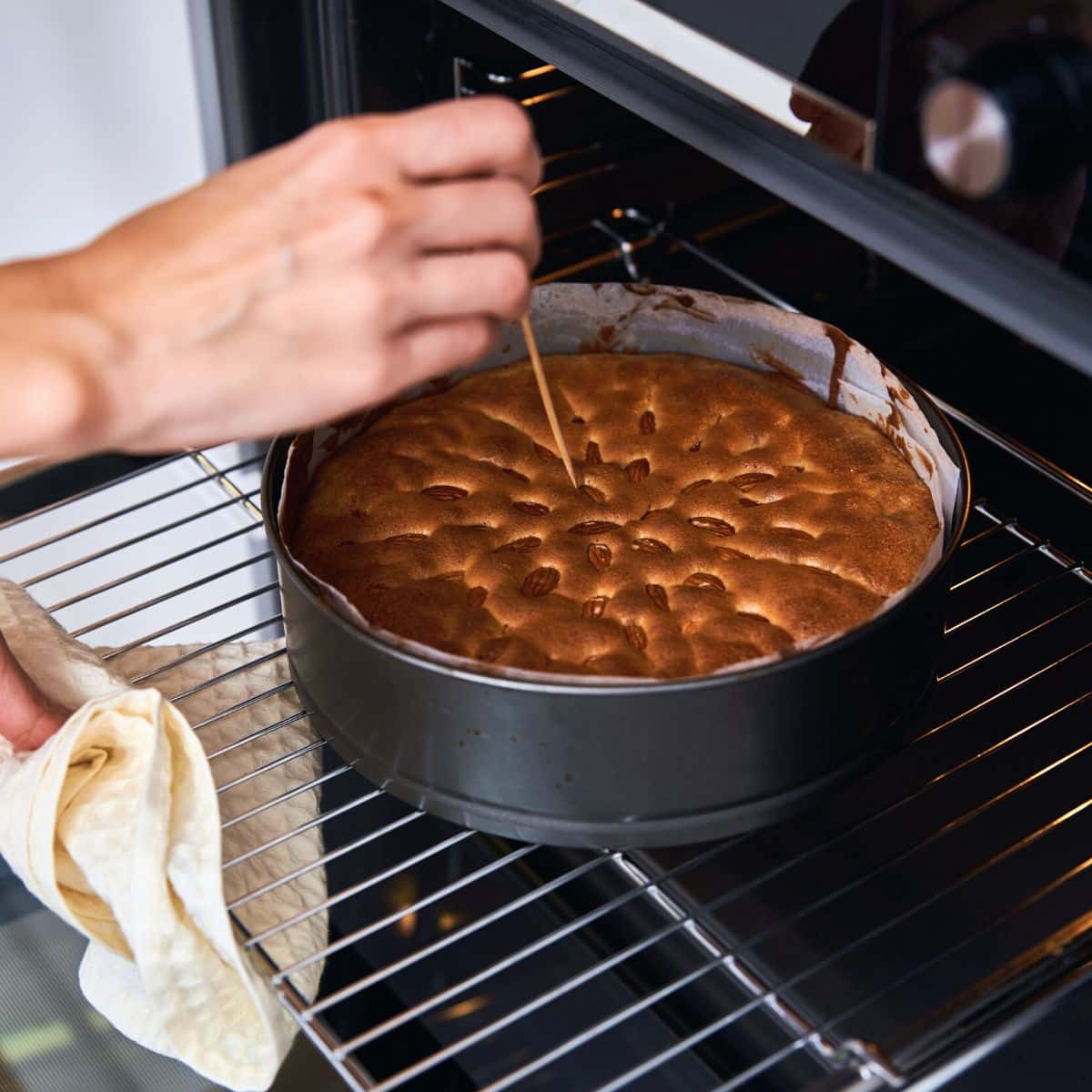If you are learning how to bake gluten-free cakes, you have probably had some epic baking fails. I will walk you through the most common gluten-free cake baking problems and how to prevent or fix them.
We have all been there. You decide to bake a gluten free cake. You use the gluten free flour blend you have on hand and the cake doesn’t turn out. Or, perhaps you used a 1:1 gluten free flour blend in place of wheat flour to convert a regular recipe to gluten free.
There are so many ways that gluten free cake-baking failures can happen. Let’s dive in and troubleshoot the most common gluten free cake problems.
If you are looking for ways to improve your baking, check out my Gluten Free Baking Tips. If you are new to gluten free, I have a huge gluten free resources list to help you ease into gluten free living!
If you also love to bake bread, check out my Gluten Free Bread Troubleshooting and Gluten Free Cookie Troubleshooting Guides.
Gluten-free baked goods often benefit from extra liquid to hydrate the flour blends, eliminate grittiness, and achieve a less dense or dry texture. However, it’s very important to drive off this extra moisture during baking, or you’ll wind up with a gummy texture. The best way to do this? Longer baking times.

The Cake is Burnt or Dark:
- High oven temperature. If your cake is burnt or dark, you may have baked it at too high of an oven temperature.
- Leaving it in the oven for too long. Check your oven temperature and reduce it if necessary, and be sure to check the cake a few minutes before the suggested baking time.
If you have a burnt gluten free cake, there isn’t much that can be done. You can cut the burn areas off if the burnt part is just on the bottom or top. You can use the non-burnt area and frost that, or use the remaining cake in cake pops or cakesicles (linked above in the dense cake section.)
The Cake Is Gritty:
If your cake turned out gritty, you used a gluten free flour blend that isn’t milled as finely. Usually, rice flour is the main culprit of gritty gluten free cake.
The only way to fix a gritty texture is to avoid the problem when you are making your cake batter. Let your cake batter sit for 15-20 minutes before you bake the cake. This will help soften the rice flour in the blend.

This Gluten Free Cream Cheese Pound Cake is dense and velvety!
FAQ
How do you make gluten-free baking less dense?
Why is my gluten-free cake so dense?
Why is my gluten-free cake not fluffy?
How do you make a gluten free cake rise faster?
Mix for longer: Gluten-free flours need longer in the mixer, if you get more air beaten into the batter it will help to lighten it and rise. Add an acid: Try adding 2 teaspoons of apple cider vinegar or lemon juice to your cake batter. It will react with the bicarbonate of soda to create extra rise and a more tender cake crumb.
Is cheese cake gluten free?
No, Cheesecake is not gluten-free. In the cheesecake crust preparation, Graham crackers, crushed cookies or pastry is used. So the cookies, crackers or pastry are usually made with wheat flour or plain flour, which has gluten. If one wants a gluten-free cheesecake, replace the crust with gluten-free cookies or crackers. Instead of cookies, nuts can also be used for crust preparation.
How do you make a gluten-free cake?
Remove 2 tbs of gluten-free all-purpose flour per cup and replace it with 2 tbs of corn starch. This makes for a lighter and more cake flour-like blend, which is better for baking fluffy gluten-free cakes. Cake flour will always give you a better cake, with a lighter crumb, plus, it’s is so easy to make.
How do you make a gluten free chocolate cake?
Making the gluten free chocolate cake is the same old story of sifting together the dry ingredients, adding the wet ingredients, mixing it all up, and baking the sponges until risen and fluffy and wonderful. But let’s start at the beginning. Sift together gluten free flour, xanthan gum, baking powder, baking soda and cocoa powder.
